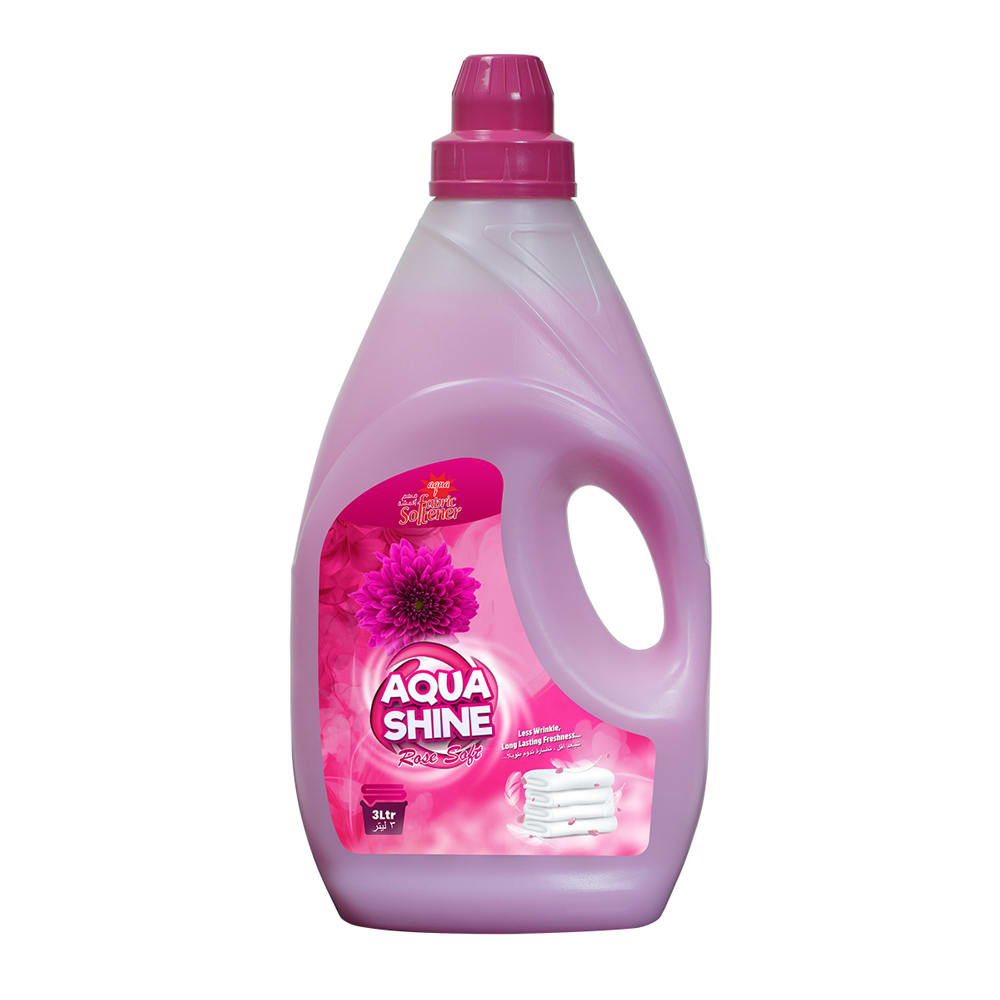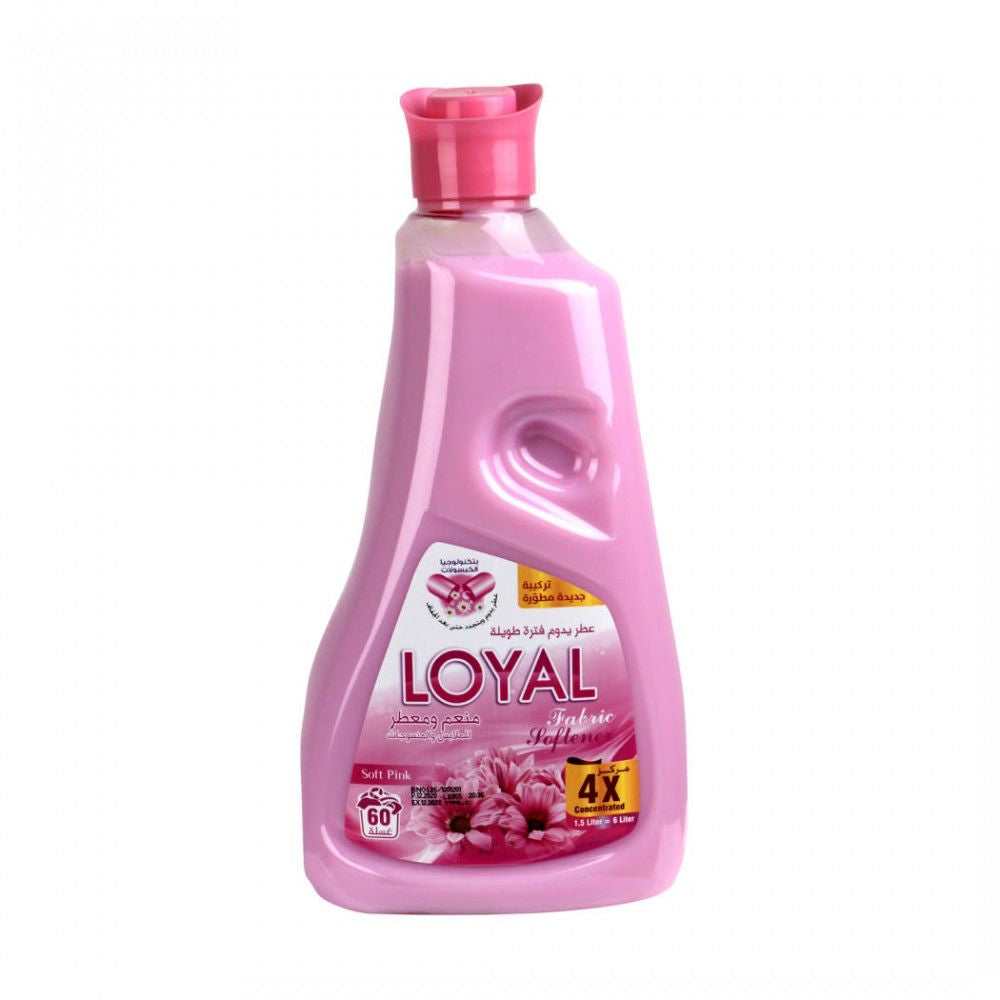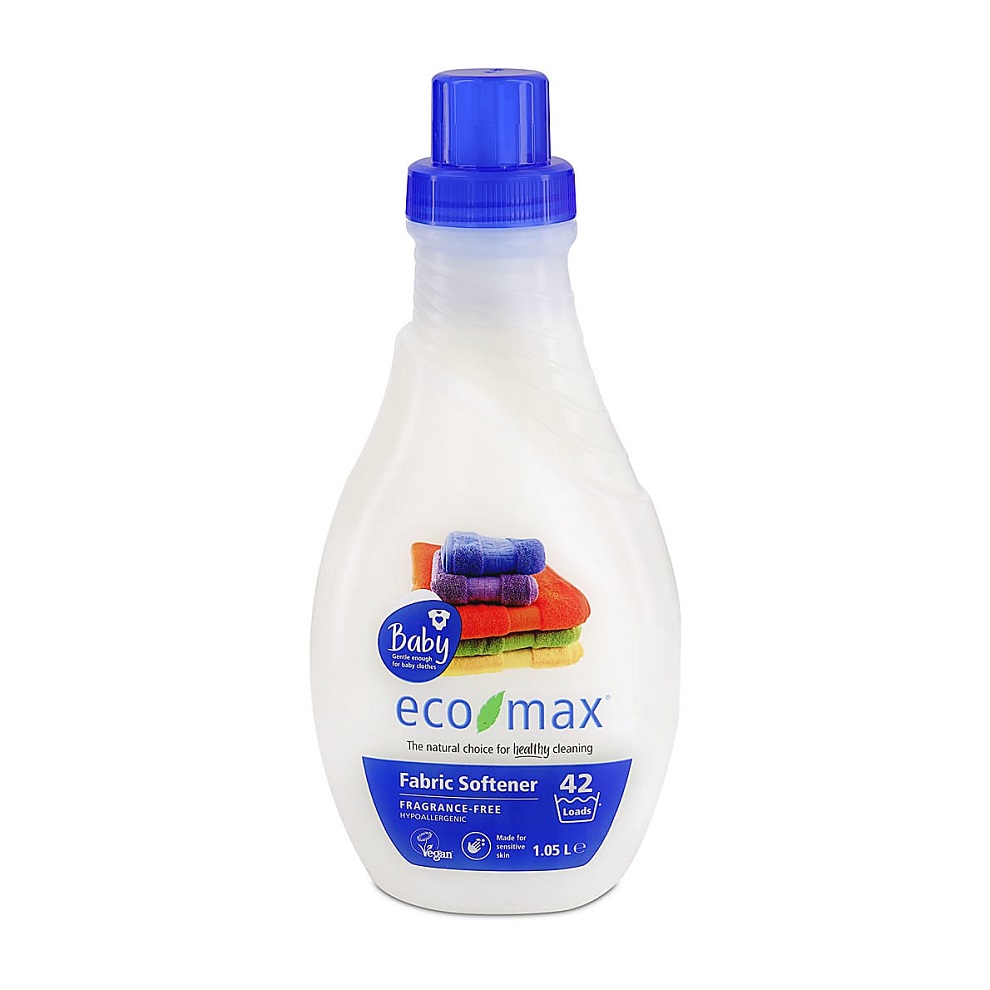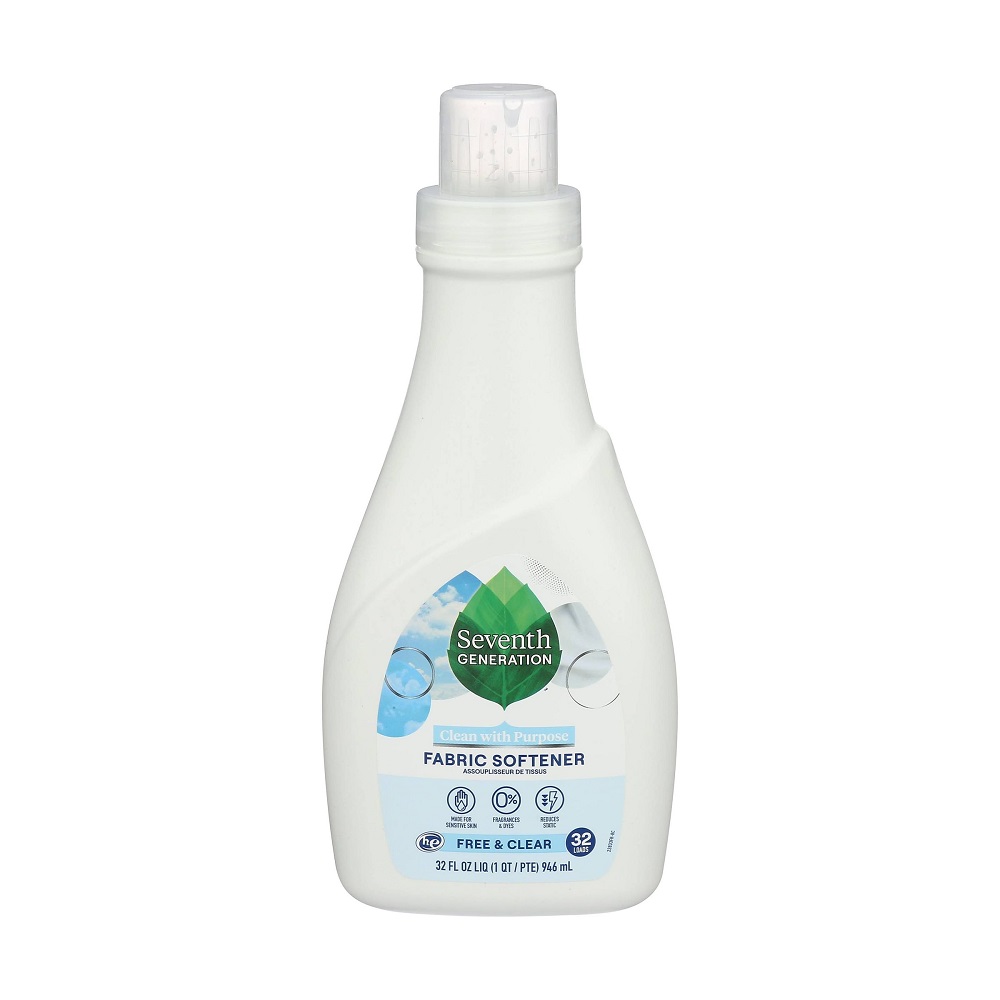Introduction
Fabric softener is a common household product that many people use during laundry. Its primary purpose is to make clothes softer and more comfortable against the skin. But there’s much more to fabric softener than just that. Understanding its purpose can help you use it effectively and make informed choices. In this article, we will explore the many roles fabric softener plays in laundry care.
Benefits of Fabric Softener
Softness and Comfort
One of the main benefits of fabric softener is the softness it provides to clothes. When you add fabric softener during the rinse cycle, it coats the fibers of your garments. This coating gives the fabric a smoother feel. Soft fabrics make you feel more comfortable when you wear them. Imagine pulling on a t-shirt or a pair of pajamas that feel like a cloud. That’s the magic of fabric softener.
Children can especially benefit from softer clothes. Kids often have sensitive skin. A smooth fabric can help reduce irritation. Parents want their children to feel good in their clothes, and fabric softener adds that extra touch. Soft clothes can also make it easier for kids to move around and play.

Reducing Static Cling
Static cling is a common annoyance in laundry. It happens when static electricity builds up in clothes, causing them to stick together. This can be frustrating. You may find clothes clinging to your legs or sticking to each other. Fabric softener helps combat this problem. It works by coating the fabric with a lubricant that reduces static charges.
When you use fabric softener, you’ll notice that your clothes come out of the dryer without sticking together. This not only makes wearing them more comfortable but also makes them easier to fold and put away. In the colder months, static cling can be at its worst. Adding fabric softener to your laundry routine can help you avoid this hassle.
Enhancing Fragrance
Another important function of fabric softener is its ability to enhance the fragrance of your laundry. Most fabric softeners have pleasant scents that can make your clothes smell fresh. When you take them out of the washer or dryer, the scent usually lingers on the fabric.
This added fragrance can boost your mood. Many people enjoy the smell of freshly washed linens and clothes. Using fabric softener can create an inviting atmosphere in your home. Also, when you wear clothes that smell good, you often feel better about yourself. That small boost in confidence can make a big difference in your day.
Preserving Clothing Quality
Fabric softener does more than just improve the feel and smell of clothes; it can also extend their lifespan. Fabrics can wear down over time. Frequent washing can cause fibers to break down, leading to fading and wear. Fabric softener can help maintain your clothing quality by reducing this friction.
When you treat your clothing with fabric softener, you’re not just making them soft; you’re taking steps to protect them. This can save you money in the long run. Clothes that last longer mean you can hold onto your favorite items instead of replacing them frequently.
Types of Fabric Softeners
Liquid Fabric Softeners
Liquid fabric softeners are perhaps the most common type. They come in bottles and can be added directly to the washing machine. They are easy to use. Just pour the recommended amount into the designated compartment of your washing machine.
Liquid softeners work best in standard washing machines. When you use a regular washing cycle, liquid fabric softeners mix well with the water. They coat the fibers of your clothes evenly, ensuring a uniform softness and a pleasant scent.
Dryer Sheets
Dryer sheets are another popular option. These are thin sheets that you toss into the dryer with your wet clothes. They serve a similar purpose as liquid fabric softeners, softening fabrics and reducing static cling.
Dryer sheets are convenient. You don’t need to measure anything; just grab a sheet and drop it in. They are also portable, making them an excellent choice for laundry on the go. However, some may find that dryer sheets do not provide the same level of softness as liquid fabric softeners.
Pods and Packs
Another option growing in popularity is fabric softener pods or packs. These pre-measured units contain softening agents. You toss a pod in the wash, and it dissolves during the cycle. Pods offer the convenience of not having to measure. They are less messy, making them a great choice for busy households.
Pods are an excellent option if you often forget to add softener. Because they dissolve completely, you don’t have to worry about residue left on your clothes. Many brands also offer pods with additional features, such as stain removal or brightening.
Environmental Considerations
Ingredients in Fabric Softeners
When selecting a fabric softener, consider the ingredients. Traditional fabric softeners often contain chemicals that may not be environmentally friendly. Many people are becoming more conscious about the products they use. They want to minimize their environmental impact.
Fortunately, numerous options are available that focus on eco-friendliness. Some brands offer natural fabric softeners that use plant-based ingredients. These options can be just as effective at softening fabrics while being kinder to the planet.
It’s essential to read labels and do your research. This way, you can make informed choices about which products to use in your laundry.
Biodegradable Alternatives
There are also biodegradable fabric softeners on the market. These products break down more easily in the environment compared to traditional softeners. Choosing biodegradable options can help reduce your household’s overall waste.
Consider trying DIY fabric softeners too. Many recipes use common household ingredients like vinegar and baking soda. These homemade solutions can effectively soften fabrics without harsh chemicals. Plus, they are often cost-effective. This gives you multiple reasons to give them a try.
Impact on Drainage Systems
It’s vital to remember that some fabric softeners can impact your home’s plumbing and drainage systems. Many commercial fabric softeners contain silicones that can build up over time. This buildup can lead to clogged pipes and increased maintenance.
Using natural alternatives or biodegradable products can help mitigate this issue. When your fabric softener is easier on plumbing, you’re taking steps to reduce long-term maintenance costs.
How to Use Fabric Softener Effectively
Measuring the Right Amount
For liquid fabric softeners, it’s crucial to use the correct amount. Too little may not provide desired softness, while too much can leave residue on clothes. Always refer to the product instructions for accurate measurement.
If you’re using pods, simply toss one into the wash with your clothes. Make sure not to overload the washer, as this can also affect performance. For dryer sheets, one should be sufficient for a standard load.
Timing Matters
When using fabric softener, timing is essential. For liquid fabric softener, you generally want to add it during the rinse cycle. This allows the softener to coat the fabric effectively without interfering with the washing process.
For dryer sheets, just toss one in when the dryer starts. For pods, add them with your laundry at the beginning. Proper timing ensures that you get the best results from your fabric softener.
Avoiding Misuse
Be cautious not to use fabric softener with certain fabrics, such as microfiber or moisture-wicking materials. The softening agents can hinder the fabric’s performance. Always check clothing labels for manufacturer’s recommendations on softener use.
Using the correct types of fabric softeners on appropriate fabrics will enhance their comfort and longevity. Regularly inspect your garments to ensure they maintain their original quality.
Conclusion
In summary, the purpose of fabric softener extends beyond just making clothes feel softer. It helps reduce static cling, enhances fragrance, and can even preserve the quality of your garments. With options like liquid softeners, dryer sheets, and pods, there’s something for everyone.
However, it’s essential to consider environmental factors and how to use these products effectively. Choose wisely and always follow instructions for the best results. By incorporating fabric softener into your laundry routine, you can enjoy the many benefits it offers while keeping your clothes in tip-top shape.
Remember, when you care for your clothes and consider sustainability, you create a win-win situation.


